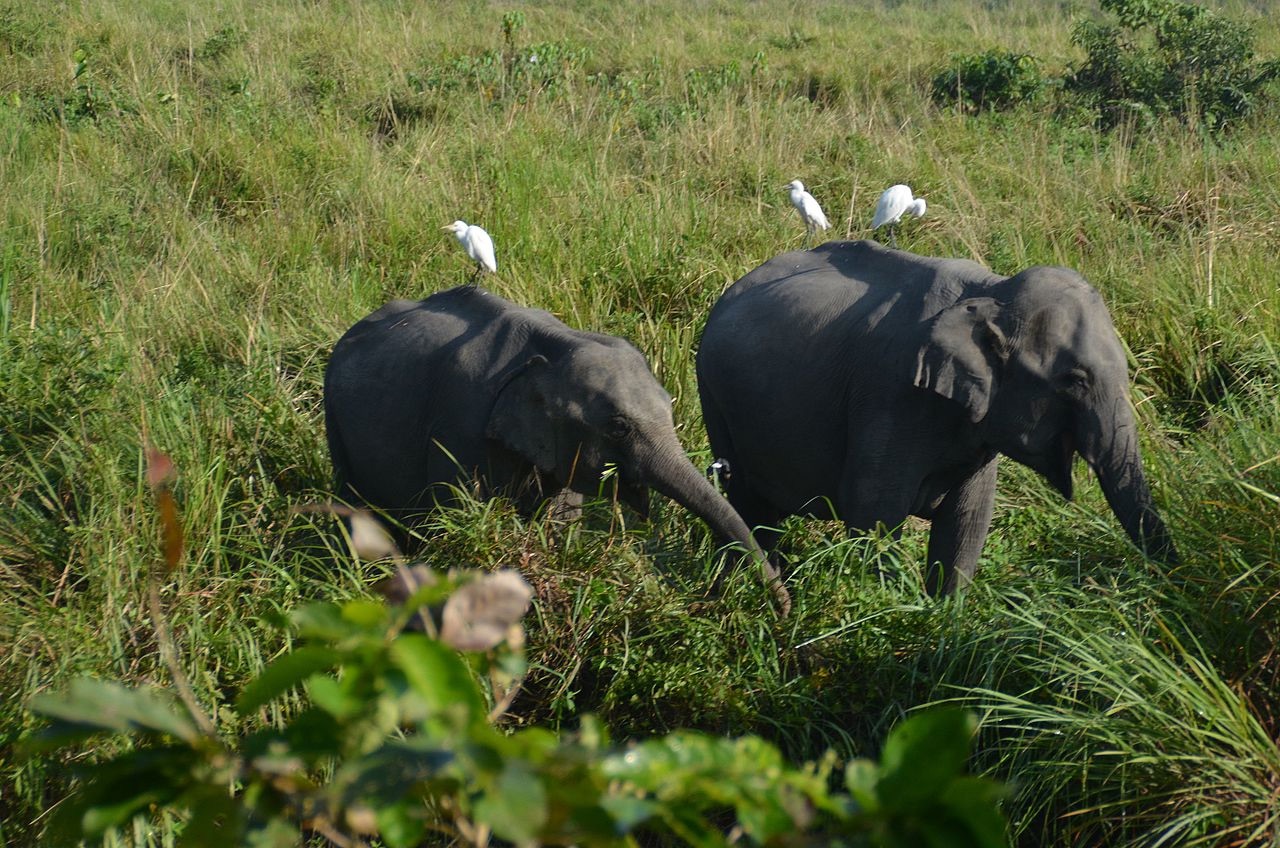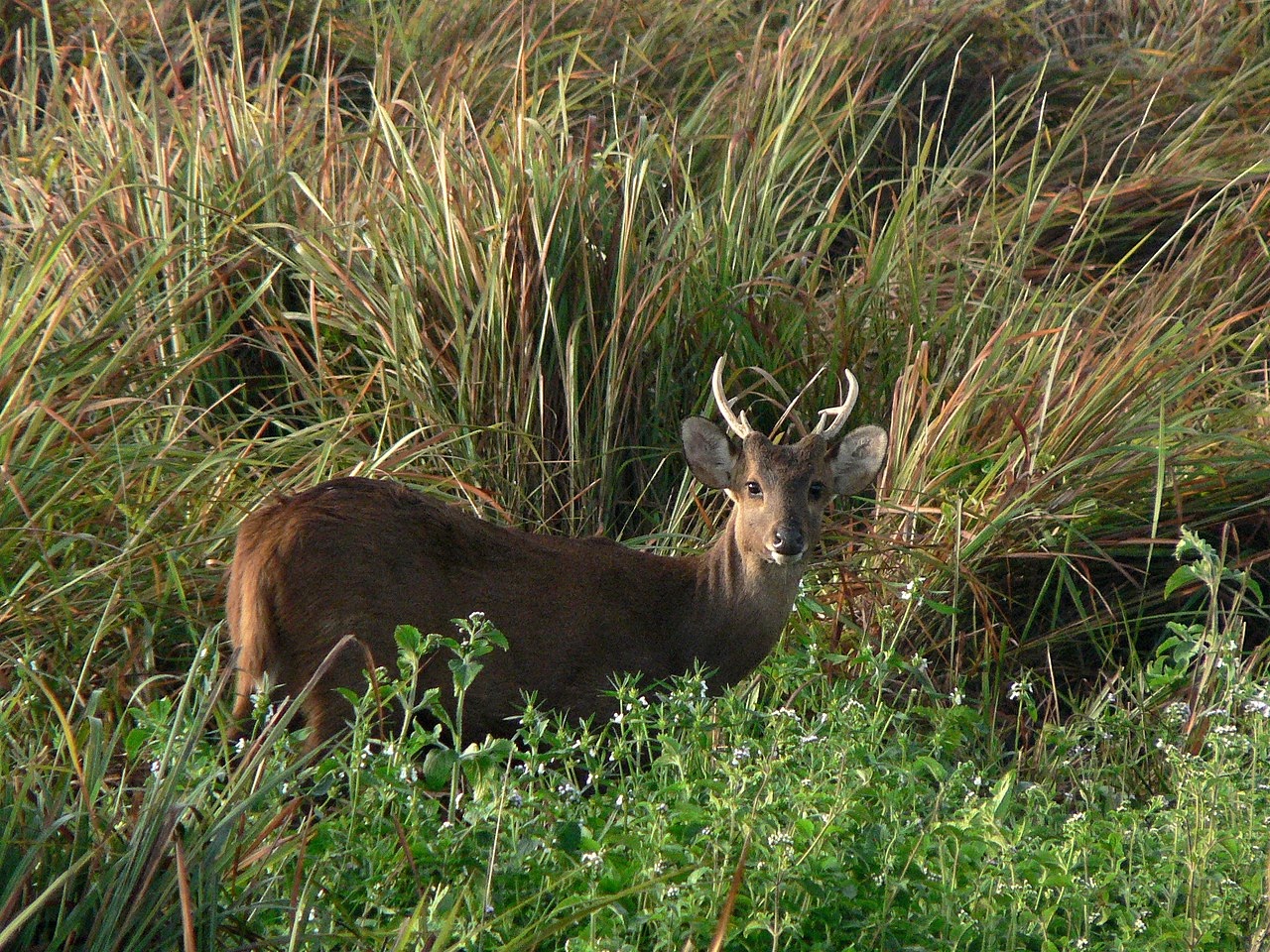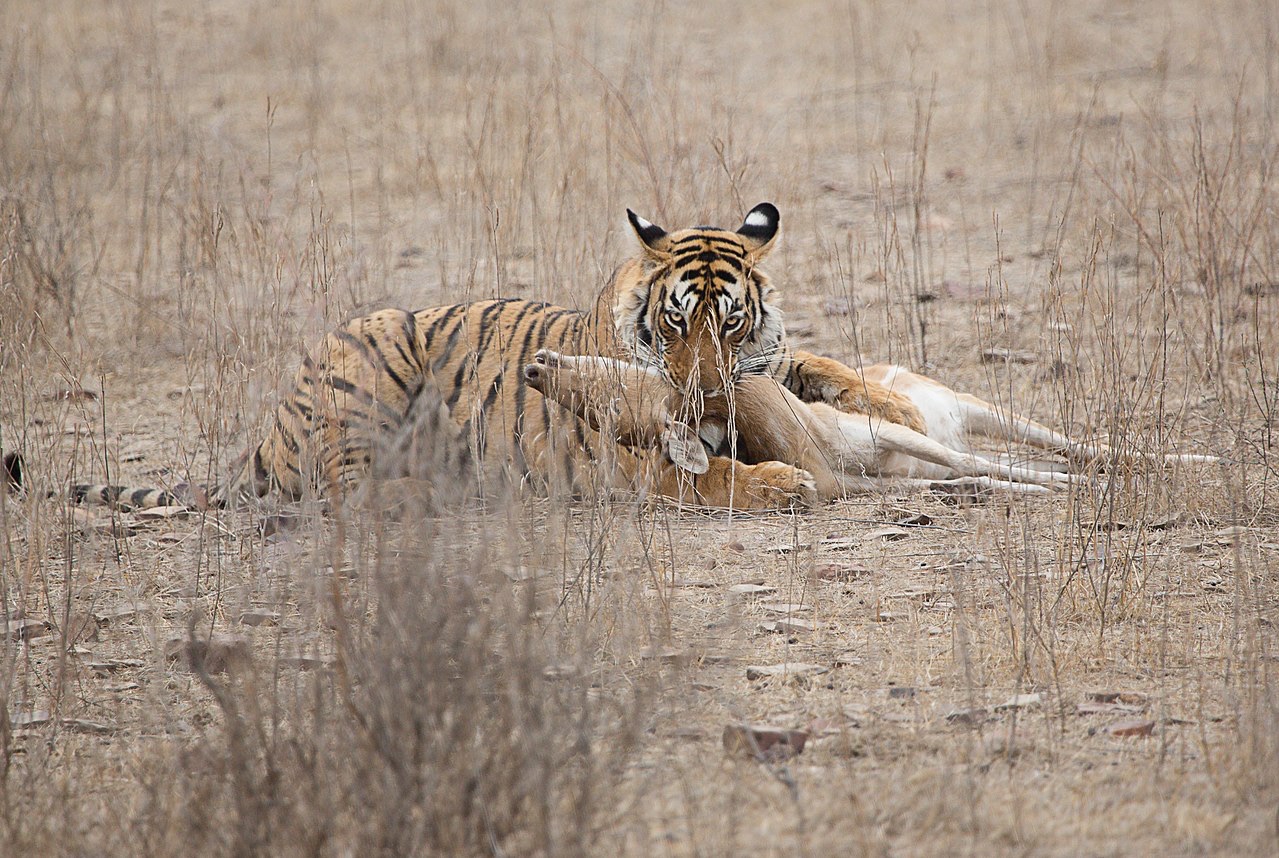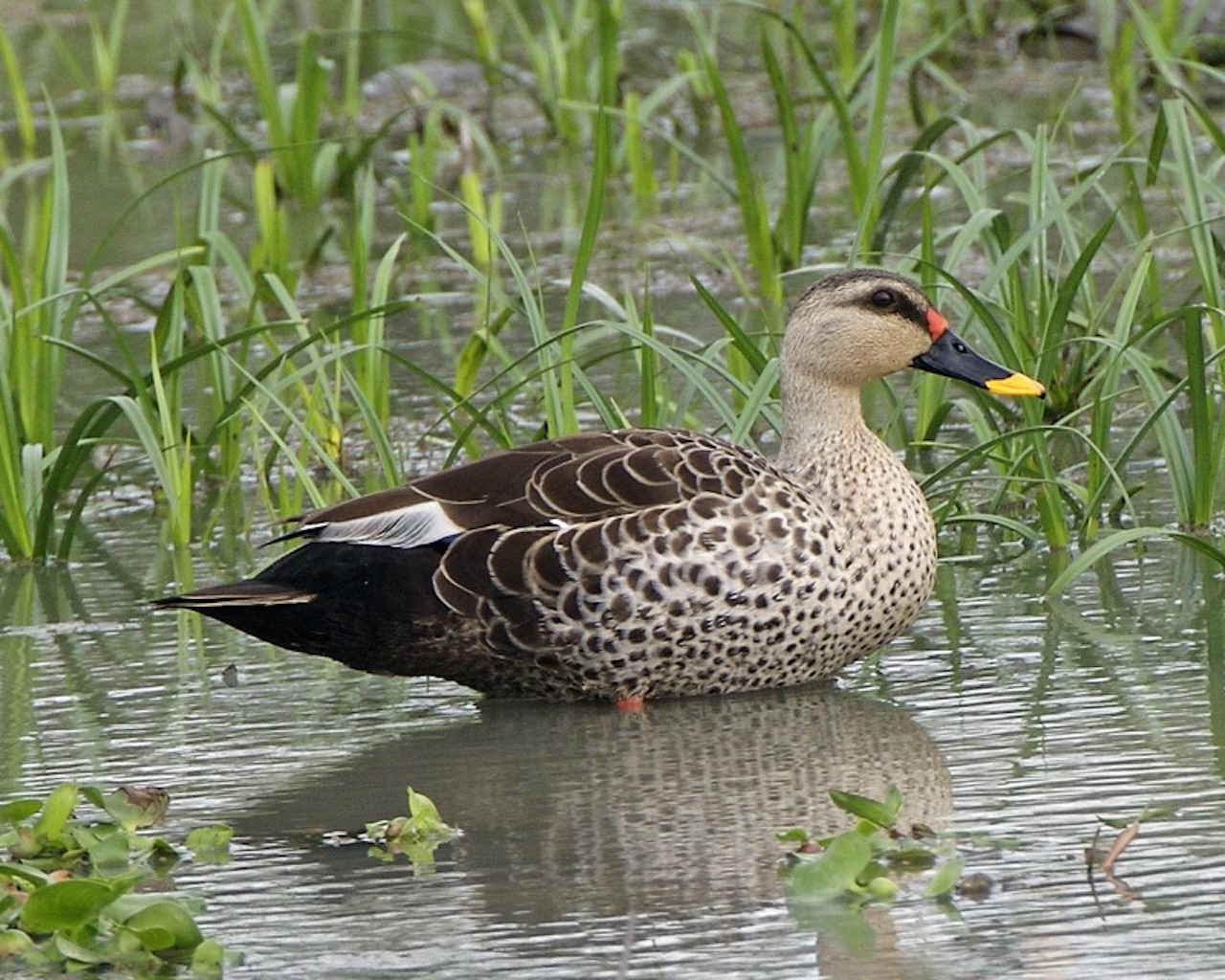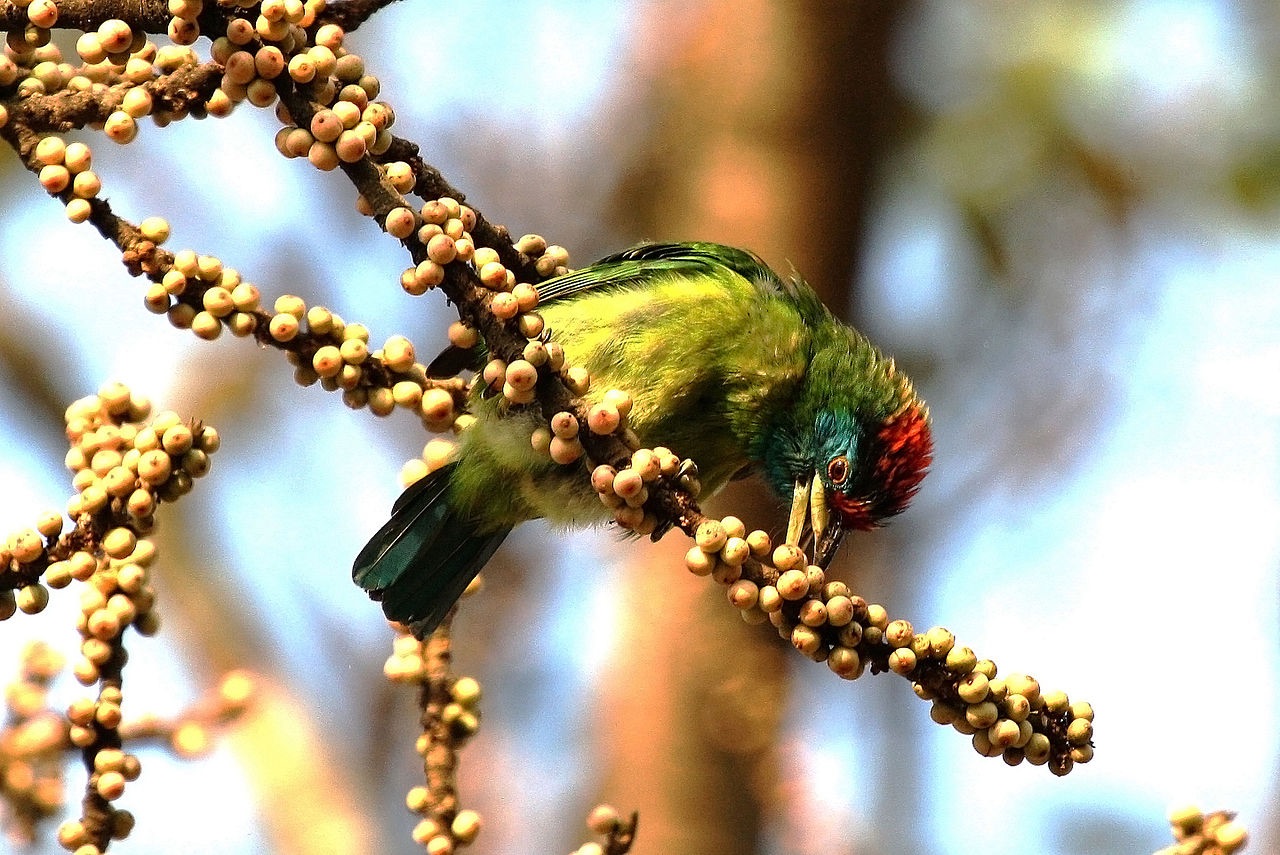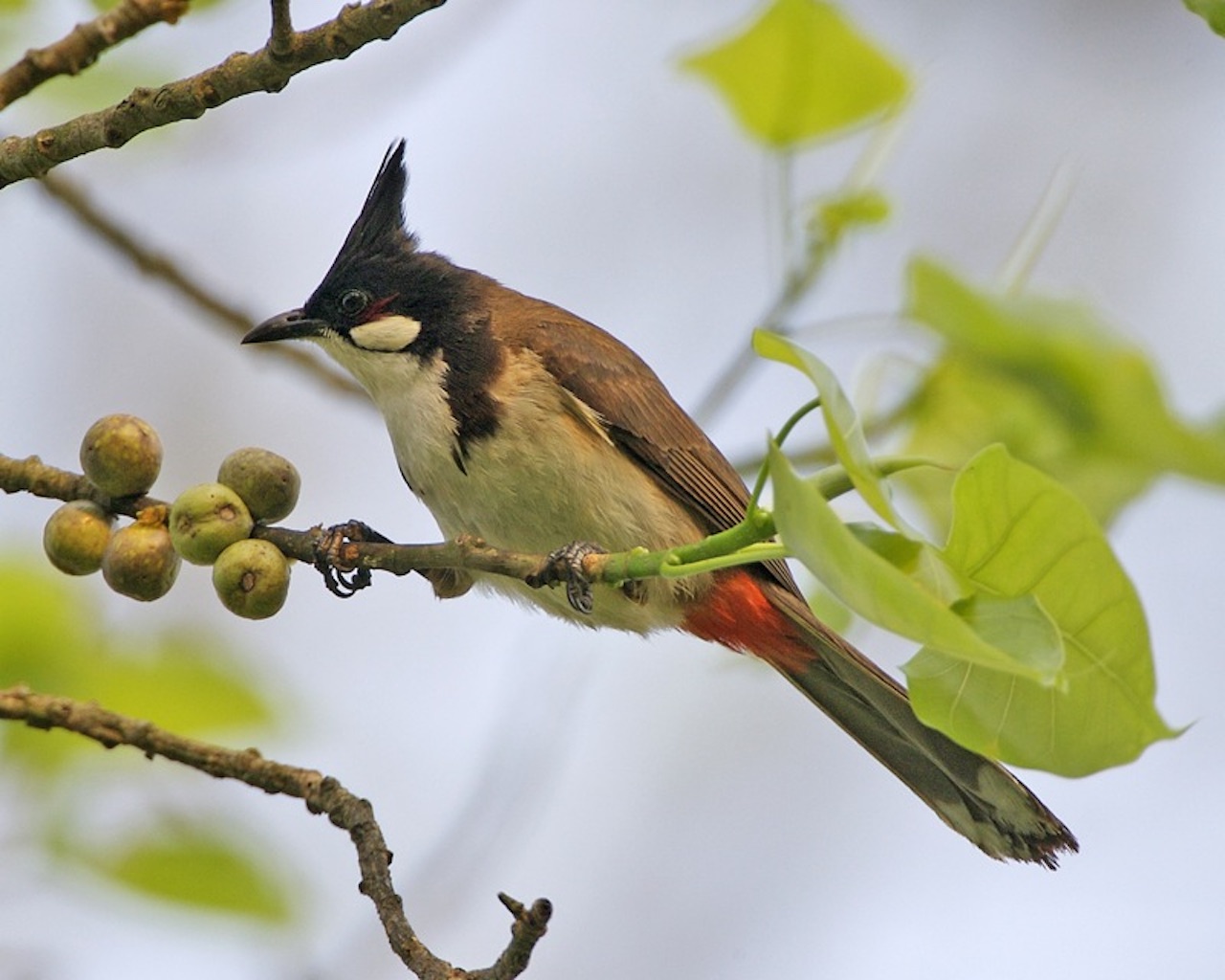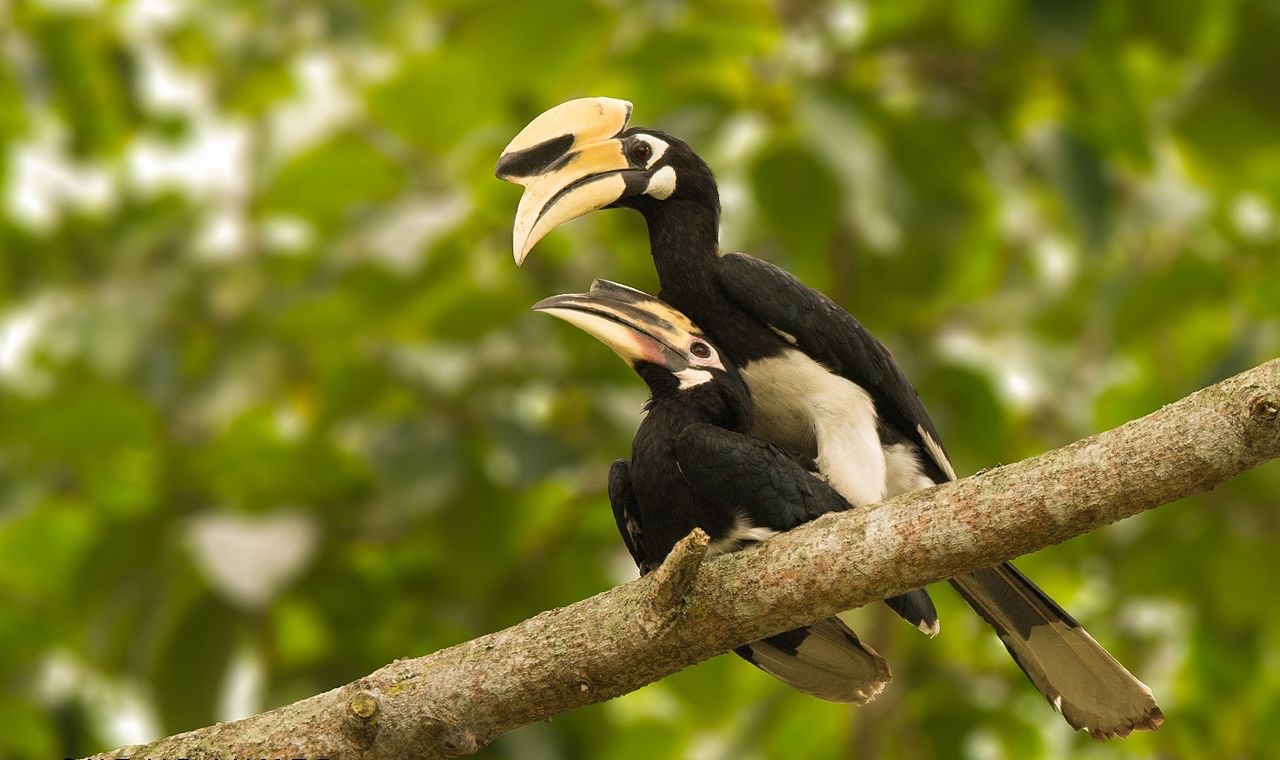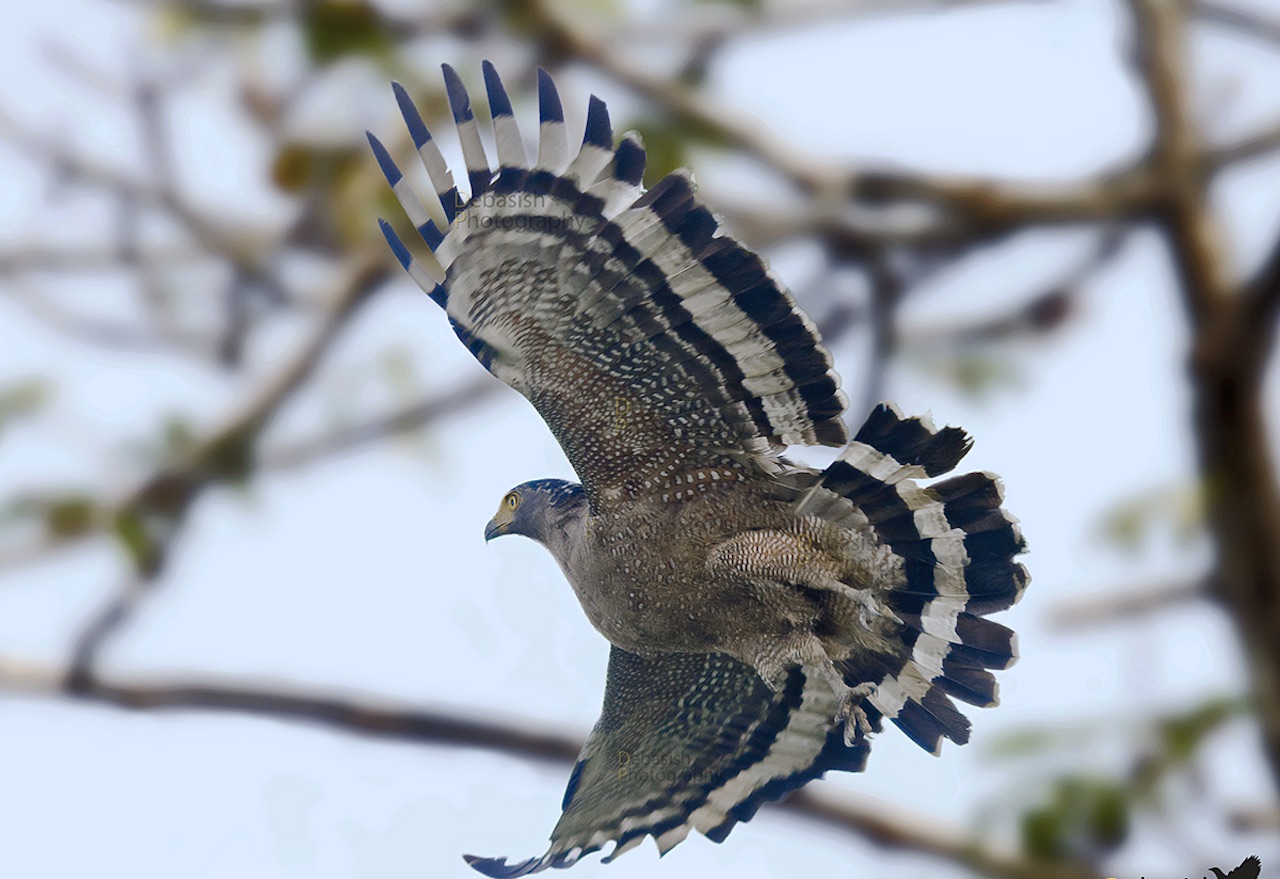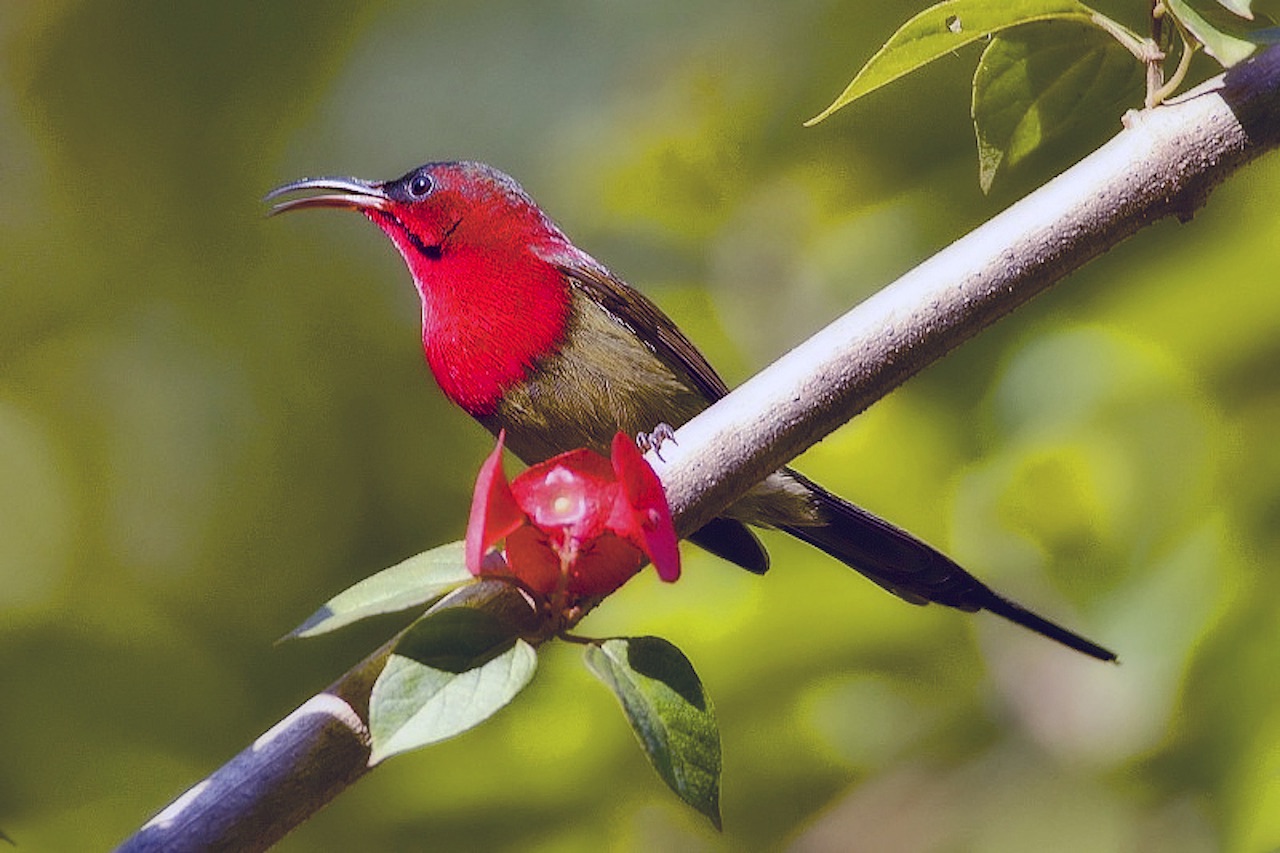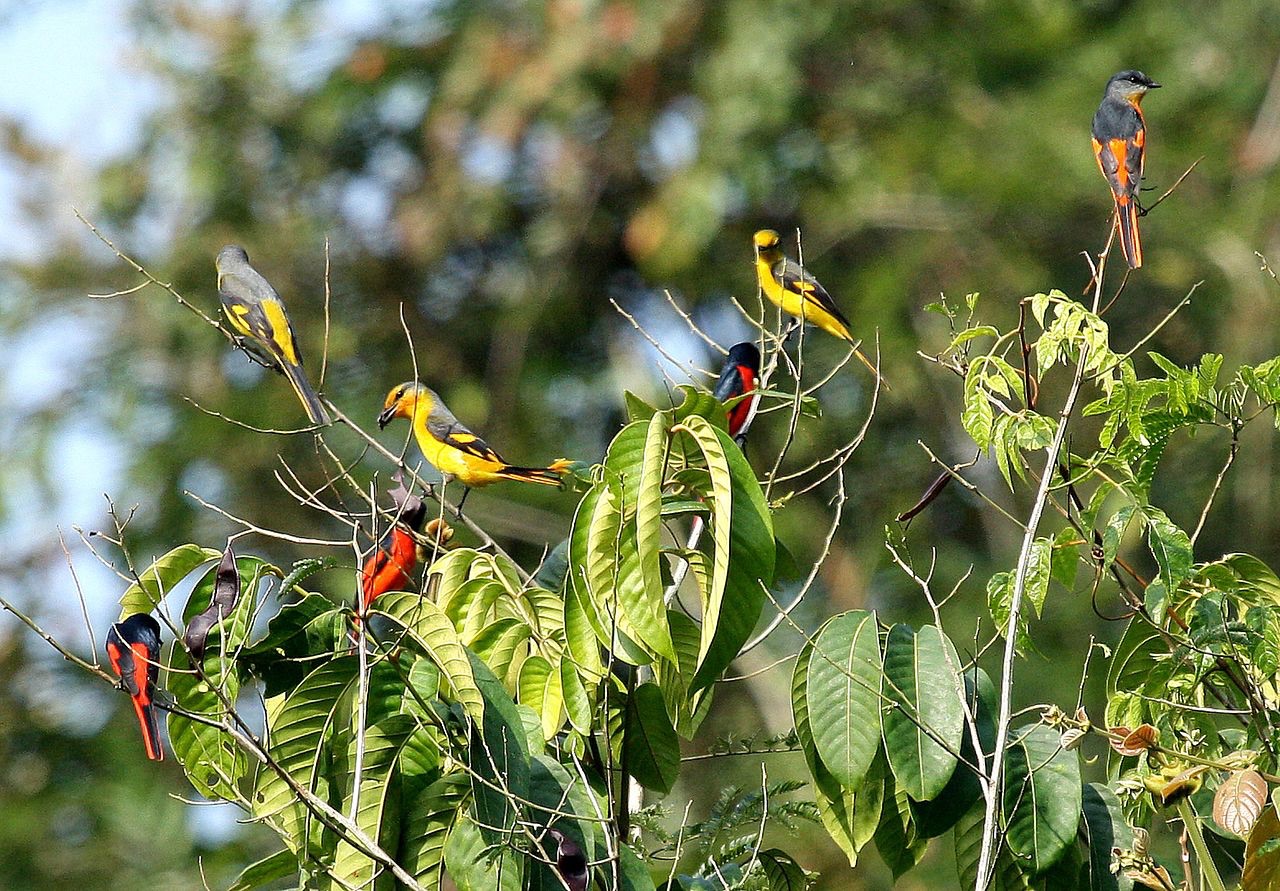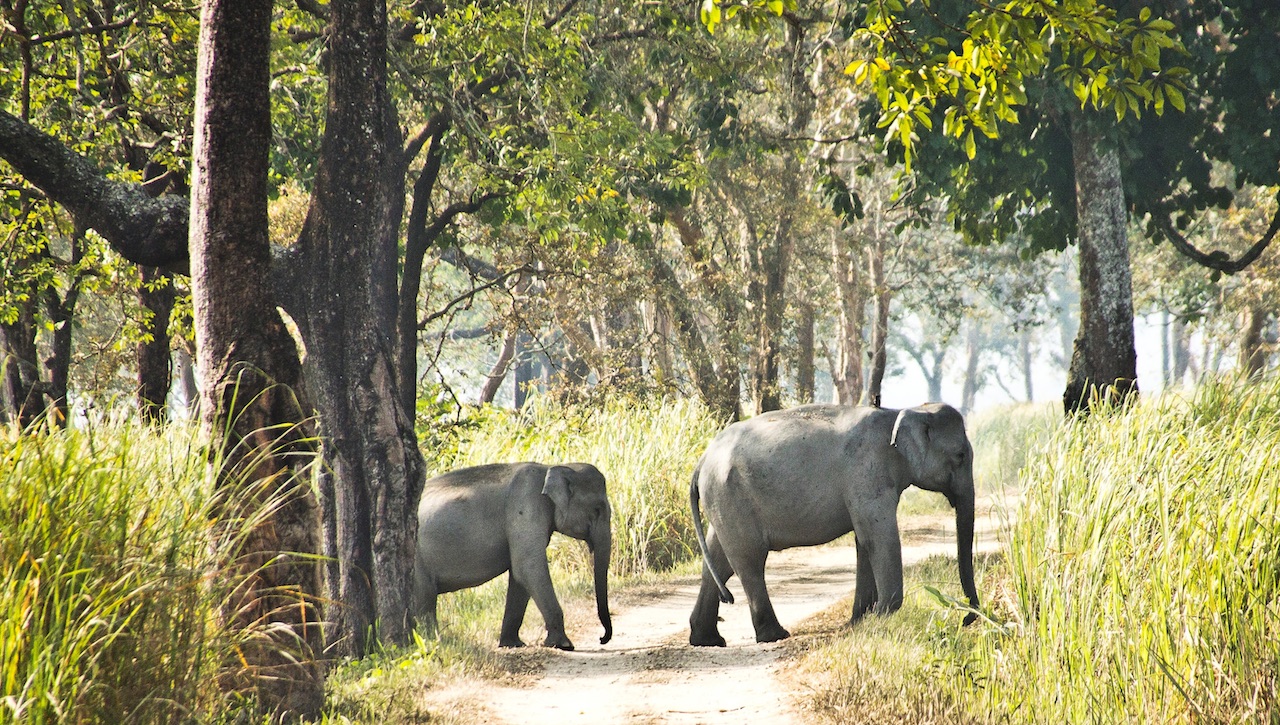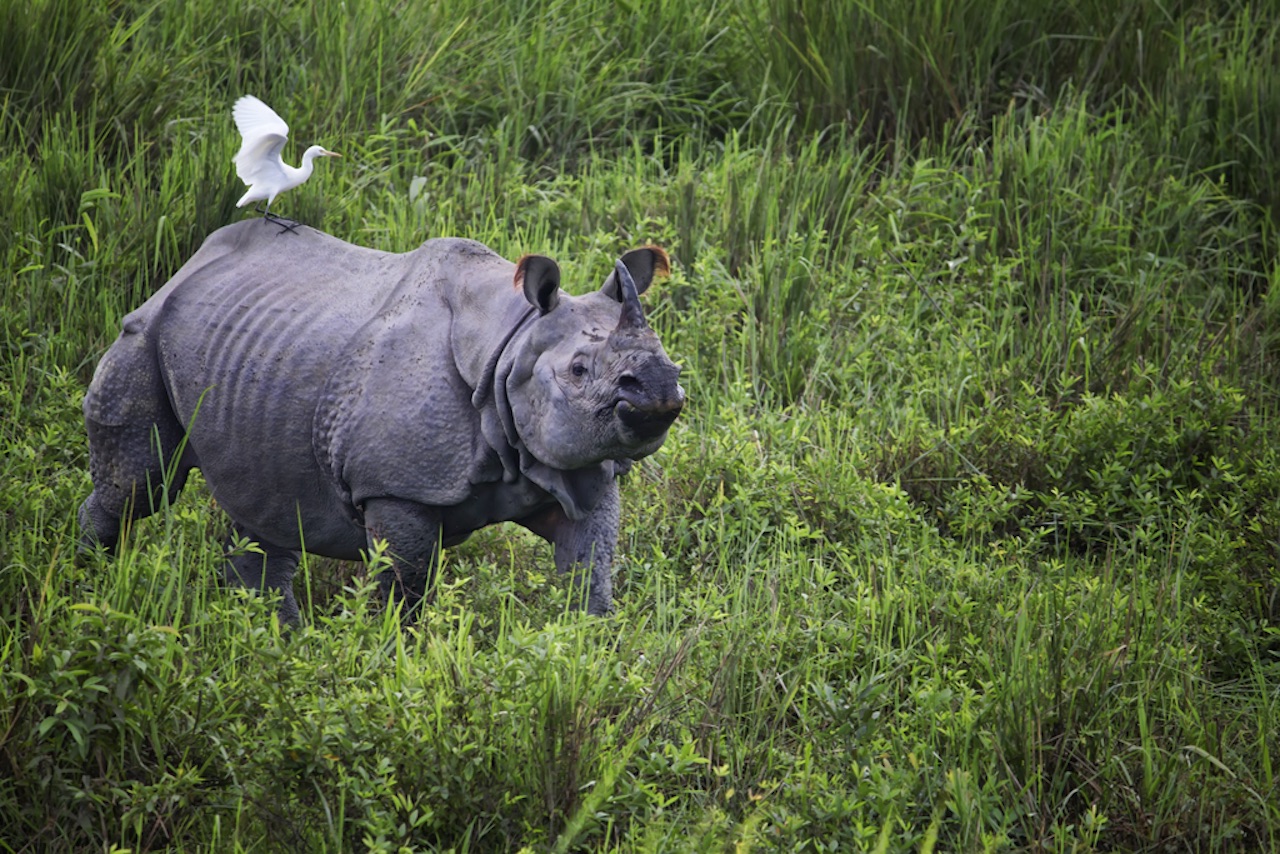
Rhinoceros at Kaziranga National Park, Assam, India
One horned Rhino at Kaziranga National Park - this species once pushed very close to extinction due to habitat loss or poaching is now slowly steadily increasing in numbers in India as well as all over the world.
Great one-horned Rhino or the Indian Rhino as it is popularly referred to are a solitary species - they prefer grazing in solitude - unless if they males near adulthood - then one can see them gather at wallows or whilst grazing.
One-horned Rhino prefers eating grasses as well as leaves, branches of shrubs and trees, fruit, and aquatic plants.
Kaziranga National Park located about 193 km from Guwahati in Assam, India is a Natural UNESCO World Heritage Site. How to reach Kaziranga National Park?


